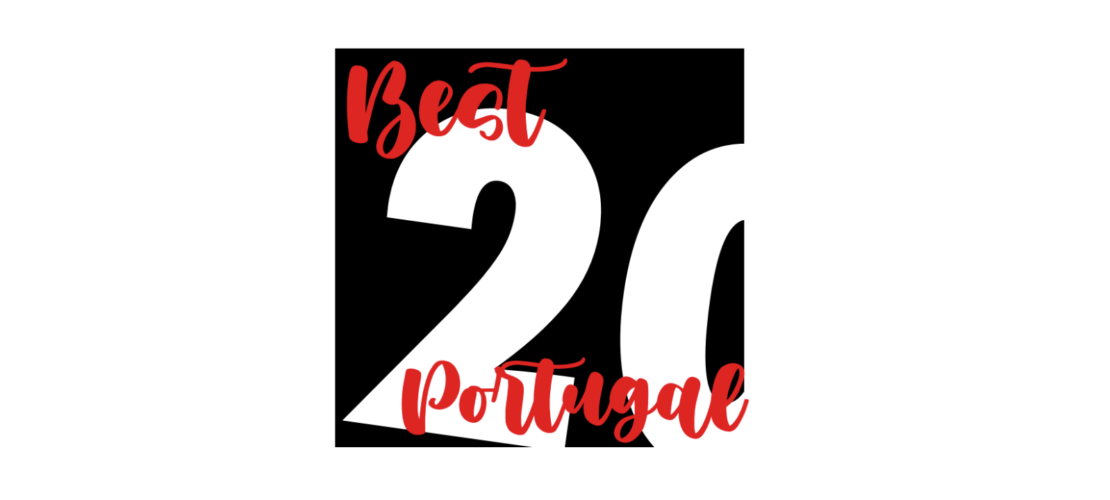Turbulence in the skies
What the restructuring of state-owned carriers like TAP and ITA Airways reveals about the industry’s future and its legal challenges
by glória paiva
Experts: Pedro Castro, a consultant in commercial strategy for aviation, tourism, and airports, Laura Pierallini, founding partner of Studio Legale Pierallini, and António Moura Portugal, partner at DLA Piper responsible for the Aviation team
One of the most sensitive sectors of the economy, aviation is in crisis—again. Since the beginning of commercial aviation, the industry has gone through cycles of bankruptcies and restructurings, affected by economic and geopolitical crises and natural disasters. In the last decade, the pandemic, economic recession, wars, and rising oil prices have been at the root of the problems faced by airlines. Amid bailout operations, nationalizations, and privatizations, legal advisors seek to balance a delicate equation between public interest and economic objectives.
Currently, three major groups dominate aviation in Europe: Lufthansa, Air France-KLM, and International Airlines Group (IAG), a movement similar to what happened in the United States, where the sector is led by United, Delta, and American Airlines. Some smaller airlines still operate independently but attract the interest of these giants—as was the case with ITA Airways and may soon be with TAP.
The former Alitalia faced financial difficulties and competition from low-cost airlines, leading to state administration in 2017 and the end of its operations in 2021. “The Italian state realized, after years and high costs, that Alitalia had no salvation. Thus, ITA Airways was created, a similar solution also adopted by Switzerland (Swissair), and Belgium (Sabena)”, says Pedro Castro, a consultant in commercial strategy for aviation, tourism, and airports. In January, Lufthansa acquired 41% of the Italian airline, with the possibility of full control by 2033 – exactly what happened with Swiss and Brussels Airlines.
TAP was not immune to the recent turbulence either. In 2020, it returned to being 100% state-owned, and although a privatization process has been in the works, it has faced constant delays. The plan is currently set for 2025, but it may once again be postponed due to a political crisis that triggered snap elections in May. The reasons for privatizing ITA and TAP are similar, explains Laura Pierallini, founding partner of Studio Legale Pierallini, specializing in aviation law in Italy. “The model of the state as the owner of an airline has not worked in Southern Europe: this was the case in Italy, Portugal, and Greece”, she observes.












